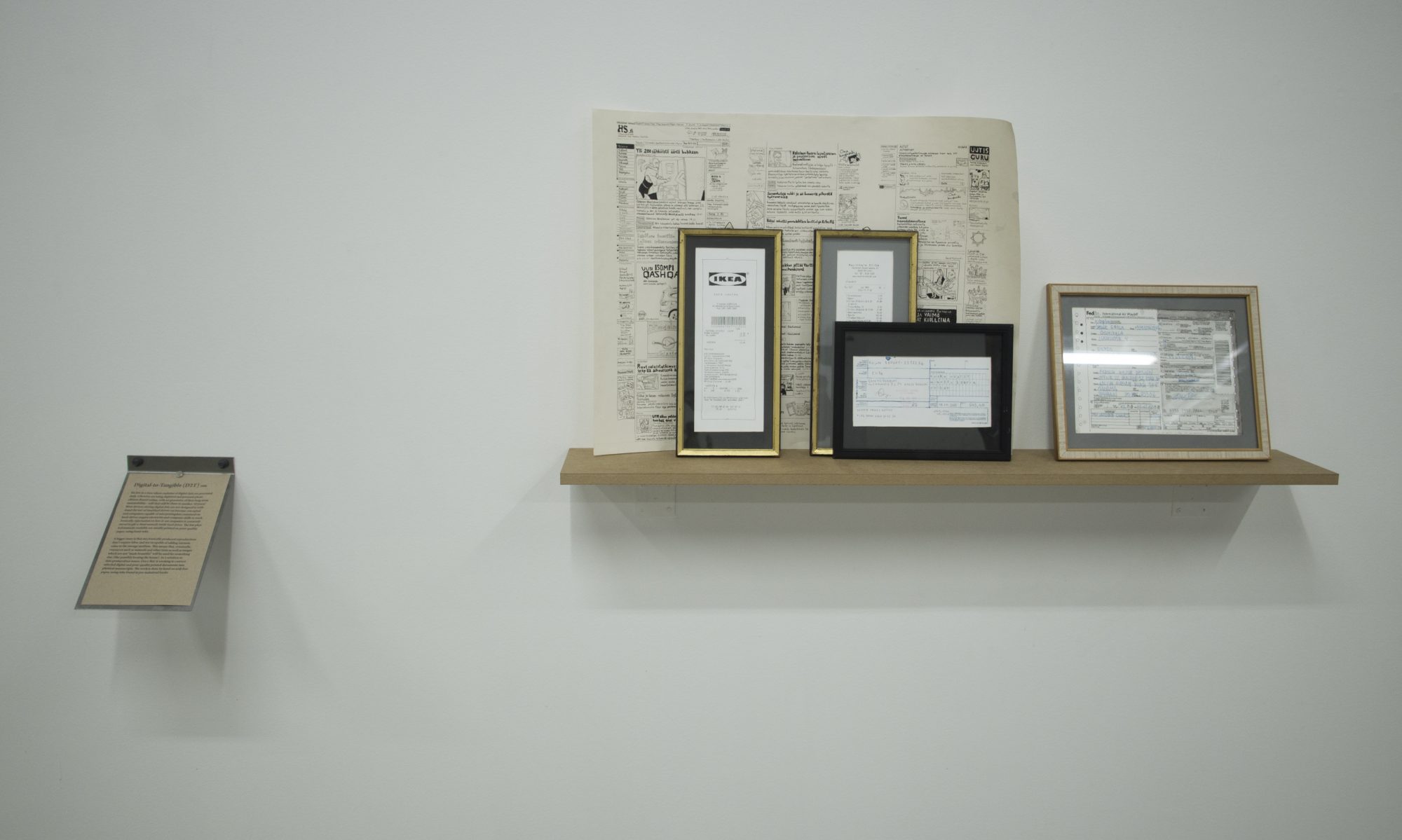Agroecology and the Survival of Cuban Socialism (2021) Aidan Ratchford offers a glimpse to how Cubas modern (monoculture) sugar farming industry was developed into a pluralistic farming praxis. Interesting to note that the development they underwent rid the country of the binary division between urban and rural.
The resilience of maintaining its socialist principles has been crucial to this experience of degrowth; only an economy which prohibits landlordism, structural inequality, and the accumulation of private wealth and means of production, can strive for genuine degrowth. In this sense degrowth as a real life experiment has necessarily a socialist character, given that the fundamental principles of capitalism are incompatible with the above. This is not to say that capitalism will not have its own “degrowth” given the threat of climate change but this “degrowth” will be the forced underconsumption of use values by the Global Poor, not Cuba’s sundering of social wealth (i.e. use values) from capitalist valuation.
Ethics & Epistemology (1998) a nice extract from a discussion exploring the different understandings of freedom which Hegel, Engel and Marx deployed. Particularly how Engels statement “freedom is the recognition of necessity” can be understood. The analysis investigates how the thinkers approached nature and I like the definition that of our freedom can be measured by investigating how well we achieve in the projects we undertake: Ecological sustainability is freedom! The text explains that some mistakes of the Soviet Union where a result of a misfortunate process where the Second International chose to revive Hegel’s notion of freedom as an internal state which does not demand an engagement with the world. This enabled the state to limit individual freedom so that it could compete in overall productivity with capitalist societies, so that history would complete itself – Instead of deepening an investigation to what productivity, progress and history actually are.
For both Marx and Hegel human beings realise their essence through recognising themselves in the world beyond. For Hegel this takes place in the realm of the Mind, of thought, and is essentially an act of contemplation. For Marx however, it is through activity, through interaction with the external world outside themselves that human beings realise their own nature. This involves not only work, production, that is the moulding of nature to human design, but also social interaction where people recognise in each other their own selves.
The practice of the International was to submit to ‘historical necessity’ – ‘scientific’ laws that determined the movement of society – which would of their own accord pave the way for socialism. This was the opposite of Marx’s approach, who argued that the fact that social relations could be analysed scientifically, as governed by laws that acted independently of humanity, was itself precisely the state of affairs that needed to be overcome through socialist revolution.
Working towards an Arradio FM receiver module. Sourced schematics & the pcb layout and investigated the circuitry thoroughly. The Arradio hosts a sub-module from an FM radio kit which is no longer available but there seems to be an alternative to the sub-module Steckmodul mit TDA7088 which has the same components and the 70nH & 78nH inductors, which the tda7088 schematics call for are designed into the pcb. The varicap/capacitor diode 1SV101 which handles the voltage based tuning is a rare component but not completely lost yet. There is also an AM circuit which, if I understand it correctly can piggybacks on tda7088 tuning mechanism (or CD9088CB which is the same chip).
The previous schematic also shows a 33k resistors attached to the pin1 which is defined as a “mute” toggle on the chip datasheet (other sources I’ve spotted show a 10k resistor in the same arrangement). If I understand it correctly the “mute” can be understood as a channel latching mechanism, which enables the radio to lock to strong FM signals when the chips “scan” feature is used. A post by Lui Gough defines the mute as “a frequency locked loop with internal muting of weak signals”. Disabling this “tuning lock/mute” might enable a FM receiver unit build around the chip to linger in-between channels for unbeautiful static noises. I will investigate this further as I don’t actually know how the current circuitry behaves. This post offers a thorough breakdown of the chip. I know that the mute switch on the Arradio only cuts the device power input. If my experiments are successfully I will propose n³ (Arradio developer) that that I’d update the design so that it would support the newer fm sub-module and that the submodule control & audio amplification circuit tl074 would be made using smd components.
I’d also like to change the pot and jack-in footprints to match more common components, include reverse voltage circuitry and possible switches for the “mute” and “scan” features (while reducing a hp or two). Eventually I’d like to try building the submodule could be build straight to the pcb. Learning KiCad!
Sourced two 1SV101s and I’m hoping to test them with the mini-FM transmitter. No idea if it would work thou.

